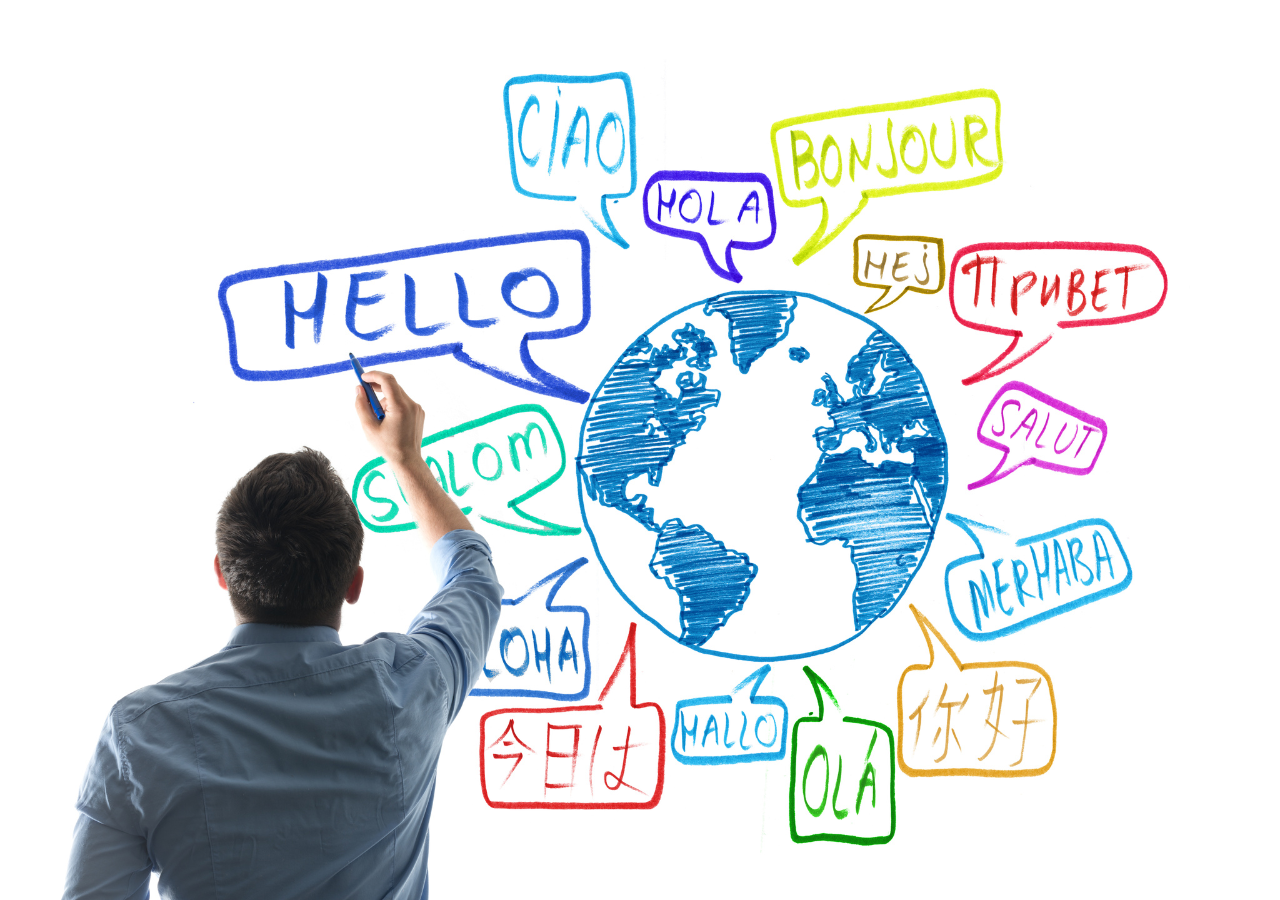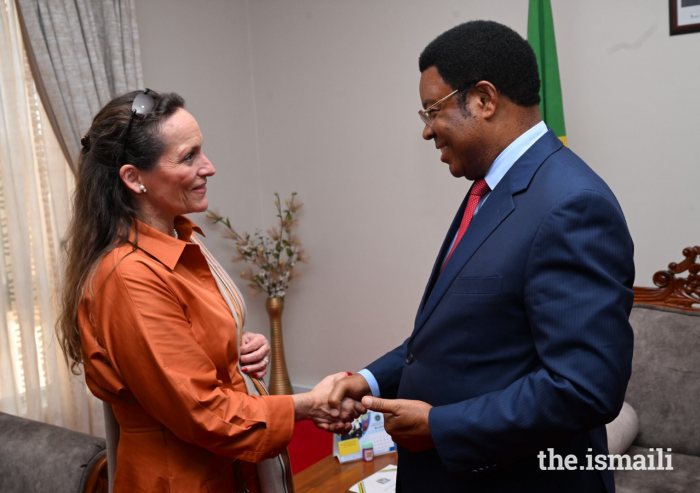If you live in the UK or North America, you’ll be familiar with English, yet might encounter different accents that stem from regional variances of the same language. And the languages of your grandparents might be very different to the ones you speak. Can you converse in Gujarati, Arabic, Urdu, Farsi, or Kutchi? If you can manage speaking two languages, you’re considered bilingual, but if you have more than two, that makes you multilingual, or as some would say, a polyglot!
Members of our Jamat around the world live in multicultural societies and many speak more than one language. In Central Asia for example, Ismailis speak some combination of Dari, Pashto, Tajik, Shughni, and Russian; while, those in South Asia converse in one or more of Farsi, Hindi, Urdu, Punjabi, Kutchi, and Gujarati. The linguistic panorama is equally diverse in other regions, with different dialects of Arabic in the Middle East; and Swahili, French, Portuguese, and English spoken in different parts of Africa.
It’s useful to be fluent in the dominant languages of the world, like English, French and Spanish, as these offer you access to high-quality schools and universities and large parts of the global economy. In fact, being multilingual makes you more attractive to employers and often gives you a competitive advantage over others. But it’s also important to keep hold of our traditional vernacular, so as not to lose touch with our rich cultural heritage.
According to the UNESCO Atlas of the World's Languages in Danger, at least 3,000 languages—more than 43 percent—are considered endangered.
Many of these languages are relatively unknown. You may not have heard of Burushaski or Shina, Wakhi or Sarikoli, or the Ishkashimi and Khuwar languages of Northern Pakistan and Central Asia. Often spoken by a mere few hundred individuals, these lesser-known languages teeter on the precipice of extinction, and need protection.
The phenomenon is not limited to this part of the world, it's a global issue.
When Jamats migrated from South Asia to East Africa in the 1950s, Ismailis and their sister communities prioritised a strong preservation of their dialects, cuisine, culture, and roots, while picking up African native and colonial languages and customs. Subsequent migration to Europe and North America, however, led to a dilution of Asian heritage and language loss within the diaspora.
In an interview at Brown University in 2014, Mawlana Hazar Imam encouraged those in the audience to think about how many languages they speak, and what this means for their future aspirations.
“If you speak several languages, your horizons are wider. You can function in a wider number of countries around the world,” he said.
To strengthen your identity, you might choose to actively engage with one of the dialects of your familial roots. Or to learn more about people different from yourself, you might try something completely different.
Whichever you choose, a new language offers you a new way to look at the world, and a new way of understanding things. It’s also a gateway to understanding a different culture, with the potential to learn other related languages with ease. For example, knowing Urdu facilitates comprehension of Hindi. Similarly, knowledge of French provides a foundation for grasping Italian and Spanish, unlocking vast possibilities with a modest investment of effort.
In this regard, technology is your ally. Language learning apps are revolutionising the way we engage with diverse dialects. These digital tools, ranging from Duolingo to Babbel, Memrise, and beyond, act as personalised tutors, offering interactive lessons tailored to individual learning styles.
So, if you’ve already given up on your New Year’s resolution, it’s not too late to pick a new one – why not start learning a new language today?








